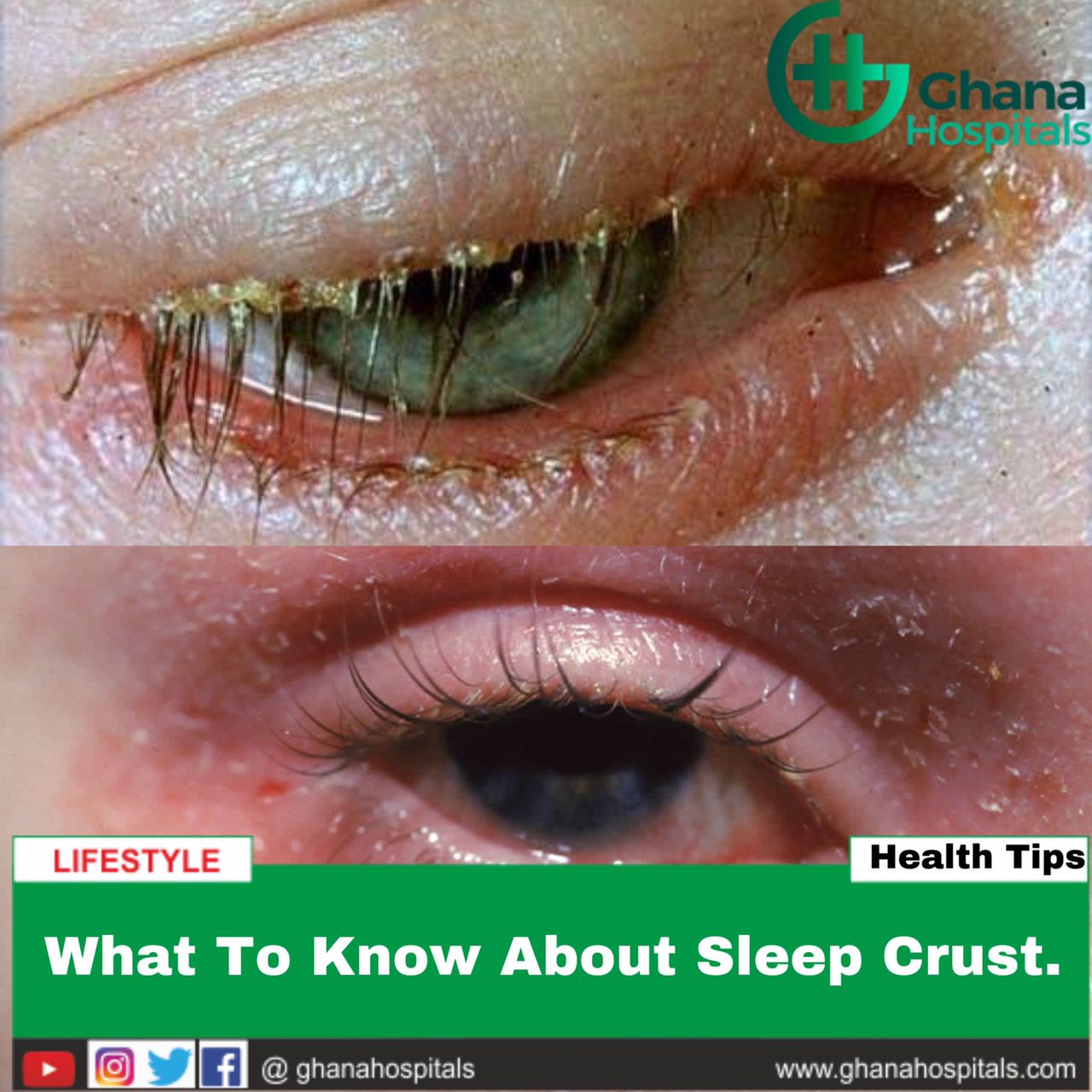 Dawn is breaking, and it is time to wake up. You reach over to quiet your alarm clock, stretch your arms to greet the day, and attempt to open your sleepy eyes… only to find your eyelids are stuck together by a crusty glue-like substance.
Dawn is breaking, and it is time to wake up. You reach over to quiet your alarm clock, stretch your arms to greet the day, and attempt to open your sleepy eyes… only to find your eyelids are stuck together by a crusty glue-like substance.
Sound familiar?
Sleep crust, also called eye gunk or by its technical name, rheum, is pretty common. This mixture of mucus, tears, and skin cells is something that naturally occurs while you are snoozing.
There is definitely a spectrum of normal, everyday eye gunk and sleep crust that signals something could be wrong. We will fill you in on what this stuff is, why it appears on your eyelids in the morning, and how to take care of it.
What causes crusty eyes in the morning?
First of all, what do we mean by crusty eyes? Crusty eyes in the morning can include any of the following symptoms:
white, cream-colored, or light yellow crust gathered in the corners of your eyelids when you wake up
eyelashes that are stuck to each other with watery or solid discharge from your eyes
irritation, redness, and a filmy layer around your eyes when you first open them
Keep reading to find out what is normal when it comes to eye crust and when you should you be concerned.
What causes crusty eyes in the morning?
Chances are, the sleep crust in your eyes is perfectly normal and part of your bodys amazing, self-regulating cleaning system.
Natural causes
During the day, blinking does the job of wiping away dust, old cells, extra mucus, and tears from your eyes. While you are sleeping, you are not blinking, but these waste products are still being washed out of your eyes.
Some nights (and for some people, it is most nights), there might be enough to create a crusty film on the corner of your eyelids. If you have allergies, you may notice extra eye crust during certain times of year. This still falls within the realm of a natural cause.
Blepharitis
Blepharitis is the technical term for eyelid inflammation. Blepharitis has several possible causes, but one of the symptoms can be extra crusty discharge from your eyes during the night.
Eye redness or irritation, eyelids that stick together, or skin flakes at the base of your eyelid can indicate that you have blepharitis. Blepharitis typically only affects one eye at a time.
Conjunctivitis
Conjunctivitis (pink eye) is any kind of inflammation that impacts your conjunctiva, which is a thin membrane that lines part of your eye.
Conjunctivitis can be bacterial or viral. It can also be related to allergies or environmental factors. When you have pink eye, you may notice extra crust gathering in the corner of your eye. It may cause a watery discharge to build up in your eye and create a gritty feeling between your eyelids.
Conjunctivitis can be in one eye, or it can affect both.
Eye stye
Sties are infected or inflamed oil glands or follicles in your eyelid. A stye can be painful, and it can also cause yellow mucus to build up in the corners of your eye.
If you have a stye, you will typically notice that only one of your eyes is getting extra crusty.
Blocked tear duct
A blocked tear duct stops your eyes from draining normally. If you have this condition, you may notice that small balls of yellow or white mucus are gathering around the corner of one of your eyes. Other symptoms include redness, irritation, pain, and swelling in your eyelid.
Dry eye
When you have chronic (or even occasional) dry eye, your eye may produce stringy mucus. This can result in an accumulation of eye crust that is gritty or sticky.